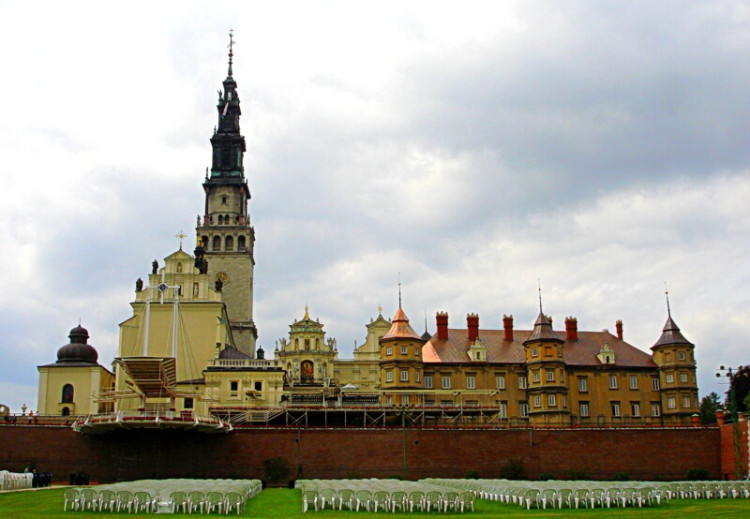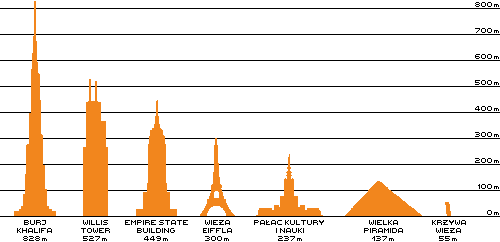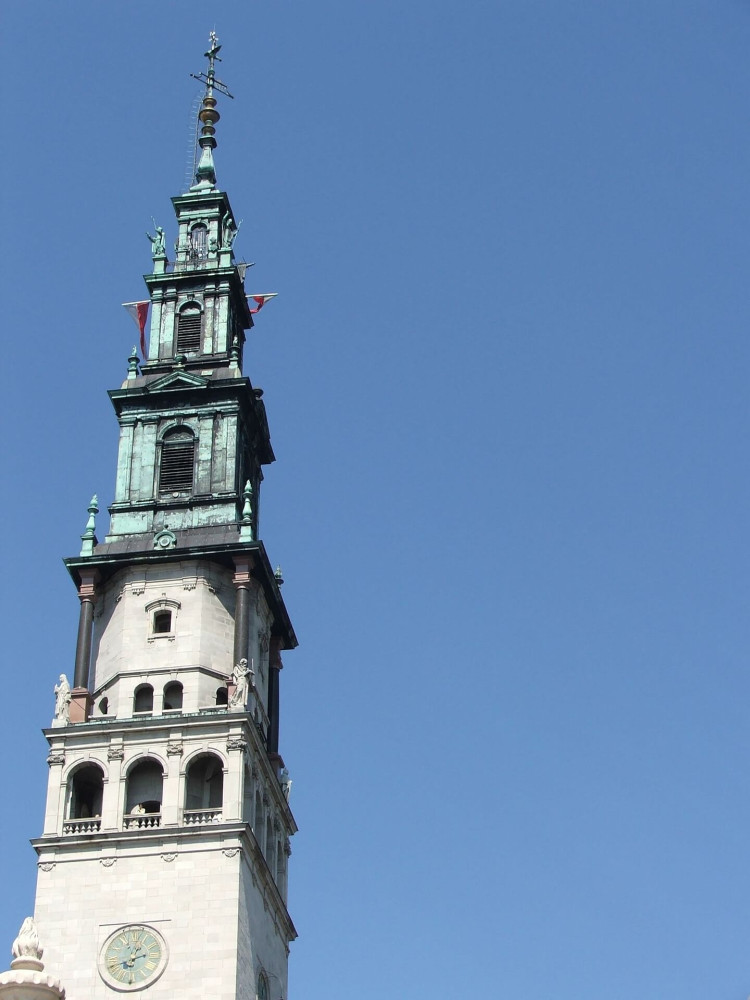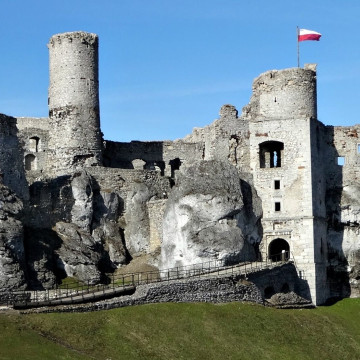Jasna Góra Monastery (Częstochowa, Poland) - shrine to the Virgin Mary
Where is located Jasna Góra Monastery?
Address of Jasna Góra Monastery is Częstochowa, Poland
show on map
When was built Jasna Góra Monastery?
Built date of Jasna Góra Monastery is 1382

Facts, informations and history of Jasna Góra Monastery
Jasna Góra - it is a monastery o. Paulinów in Częstochowa. Located on a hill (293 m.n.p.m.), it belongs to the group of the holiest places in the world.
It was founded in 1382 by prince Władysław Opolczyk, who two years later gave the monastery the image of the "Black Madonna". Since then, numerous pilgrimages have been coming to Jasna Góra for the purpose of prayer.
In the building of the monastery there are: Chapel of the Virgin Mary - consists of three parts. The oldest is built in the Gothic style, in which today there is a presbytery with an ebony altar (1650) and hanging in the middle of it the most sacred painting, three-nave created in 1641-44 and the former przedsiąka - Renaissance from the mid-sixteenth century. The chapel has various trinkets donated by wonderfully healed people, in thanks for healing.
Basilica of Saint. Krzyża - it is the original stone church from the 15th century in the Gothic style. It was partly extended with main naves and side naves and chapels. After a fire in 1690, the whole was rebuilt in the seventeenth and eighteenth centuries in the form of a three-nave basilica (baroque style). The highest vaulted barrel top reaches 29 m, and the side naves are vaulted.
The main altar, founded in 1728 by hetman S. Chomentowski and presents the Assumption of the Mother of God. The whole altar is a sculptural composition of Jakub and Antoni Buzzini, made by Jan Adam Kariger, a builder from Wroclaw.
There are some of the largest organs in Poland on the choir. They were built from 1913 to 1956.
The monastery team includes: Tower (106 meters above sea level), Arsenal (1660-1680), Knight's Hall (1674), Skarbiec (1674 .). There are still picturesque ramparts and bastions that formerly defended the monastery, and now serve as a walkway and the Way of the Cross.
How many meters have Jasna Góra Monastery?
Height of Jasna Góra Monastery is 106.30 meters


Construction/building type
Building Jasna Góra Monastery is of type Church, Monastery
A church is a type of sacred building that acts as a place of prayer and religious practice within Christianity. The architecture of churches has evolved over the centuries, being influenced by different styles and historical periods. Below, I provide information on the precursors of church architecture, the most popular architectural styles and some well-known church buildings.... czytaj więcej.
Architectural style
Architectural style of Jasna Góra Monastery is Baroque
Baroque is one of the most important architectural styles that developed in Europe in the 17th and 18th centuries. It was characterised by grandeur, sumptuous detailing, symmetry and lighting effects. Below, I provide information on the precursors, key features and some well-known buildings in the Baroque style. ... czytaj więcej.
Other dimensions, parameters and frequently asked questions

What area have Jasna Góra Monastery?
Jasna Góra Monastery have area of 5 hectares - the area of the park on which the monastery stands
What material is the building made of?
Jasna Góra Monastery is made of the following materials: Brick
Other names
The building is also known by other common names or in the original language, i.e. (łac. Clarus Mons), Sanktuarium Matki Bożej częstochowskiej
Official website
The official website of the building, where up-to-date information can be found, is http://jasnagora.com
Location on map / How to get there

























Comments to Jasna Góra Monastery (48) Average rating: 5 Add comment / Rate building
Based on 48 comments